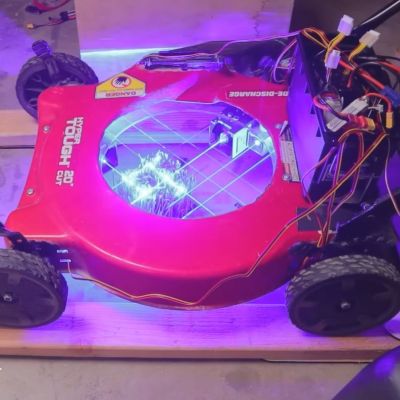While classroom learning isn’t for everyone, one awesome benefit of the Internet is that you have a variety of college classes available to you, even if they aren’t for credit. You can virtually audit classes from institutions around the world on just about any topic you can think of. Of course, the topic we think of is practical electronics and that happens to be the title of a class from [Dr. Bill Newhall] of the University of Colorado. You can watch the first part in the video below. So far, there are two lectures available but more are coming as the class is ongoing right now.
[Dr. Newhall] is one of us. He’s a ham radio operator and a pilot, as well as an electrical engineer. This class is aimed at others who need to understand electronics in another context. It reminded us of the genesis of one of our favorite books — also from a professor — The Art of Electronics.
The course material promises to cover topics ranging from solar and battery power sources, power conversions, IoT and RF communications, sensors, and DC motor control. Of course, there will also be sections on microcontrollers and associated hardware.
Just like a real class, the first lecture has a lot of housekeeping information, but you might want to skim it anyway. But if you want to get to the electronics, the second video won’t disappoint. While it covers a lot of ground that is probably familiar to most Hackaday readers, it is a good review and there’s more coming in the future lectures.
With all the resources online, you can easily hack your own degree plan together. Having access to instructors like [Dr. Newhall] is exactly the point we were making about how the Internet allows you to leverage the best educational opportunities no matter where you are.



















